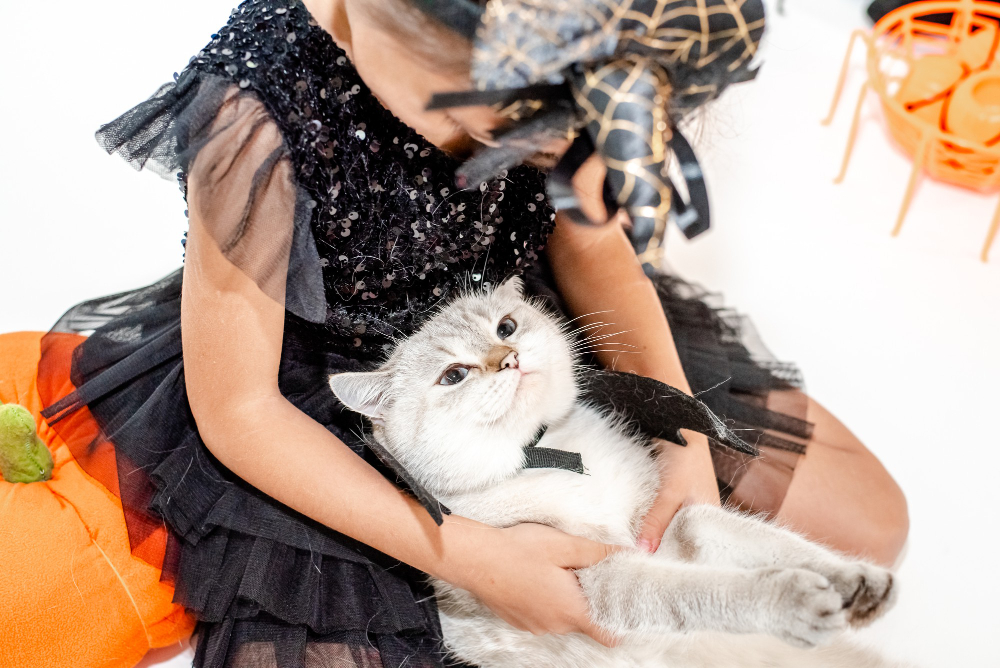CAT BEHAVIOR: SOCIALIZING CATS WITH OTHER CATS
Can you influence cat behaviour so that it makes them friends? Cats are amazingly sophisticated animals. If you’re reading this, you could have recently adopted a cat or considered doing so. If you already have a cat or cats, you might be seeking advice on how to get along with them all. We’re here to assist you!
First things first: You must adequately introduce a new cat to your cat or cats before you may socialize them.
After completing the cat introduction procedures, your resident cat and new cat are now spending time together. But, like people, cats don’t always become best friends immediately. Remember.
CAT SOCIALIZATION TAKES TIME
Here are some suggestions for things you can do to ensure that your cat and cat interaction goes as quickly as possible throughout the getting-to-know-you period:
- Give cats their own spaces. Can you fit another as impressive (or at least as tall) cat tree someplace in your house if you already have a beloved large cat tree? Can you arrange furniture or fold fresh towels on the floor to create two more amazing sun nap sites if your first cat used two that you had previously designated as super sun napping spots? Does each of your cats have access to at least one individual litter box? For cats, the scent is highly essential. So it might be uncomfortable first to share areas that smell like the other cat.
Say your cat enjoys eating, sleeping, playing, and using the restroom. To prevent your new cat from occupying the original cat’s quarters, figure out how to create fresh eating, sleeping, playing, and bathroom areas for him. Make the areas specifically for your cats since they may have somewhat different “spaces” for things like hiding, climbing, hunting, etc.
Advice: Take into account how your cat navigates your house. Smaller areas like entrances or hallways are often utilized places where cats can collide without having anywhere to flee. One cat can avoid getting too near the other by using a chair or cat play tube. That auxiliary area may ease a tonne of superhighway tension.

- Positive reinforcement. How are things with your new cats? Do they calmly accompany you as you read or watch TV on the couch? If so, how much time can you spend reading together on the sofa? Do they become so engrossed in the birds outside their window that they lose sight of one another? Consider putting in a bird feeder or watching YouTube cat videos of birds on your PC or TV. Keep an eye on your cats and expand on their excellent interactions, reassuring them that spending time together is fun.
NO PUNISHMENT
- No negativity or punishment. Perhaps you’re saying, “Of course not! However, it might be quite difficult for humans to refrain from saying “No! ” if a resident cat growls or swats a new cat passing by. “in a stern voice. Avoid increasing stress levels. Speaking harshly will increase tension, which is the exact opposite of what you desire.
- Playtime! Similar to how exercise relieves tension in people, it also does so in cats. Make sure to play frequently each day to release any irritation that has built up. Independent playtime is safer in the early phases of cat-to-cat interaction. Young cats may become excited when pursuing a toy and forget they shouldn’t body-slam another cat. That may undoubtedly be distressing! That goes against everything you want playing to do.
- Be patient: Give your cats time. Cats can need weeks or months to develop a bond with their humans. Additionally, because young cats are typically still puzzling things out, cat-to-cat interactions will evolve as they grow into more mature adult cat personalities.
CAT BEHAVIOR
The good news is that cat behaviour can be understood, even though it can be challenging for most humans to anticipate. Not all cats can get along or be cuddle friends, but with these suggestions, sometime, and patience, your cats should be able to live in harmony with one another. They might wind up becoming “BFF” best buddies for life!


